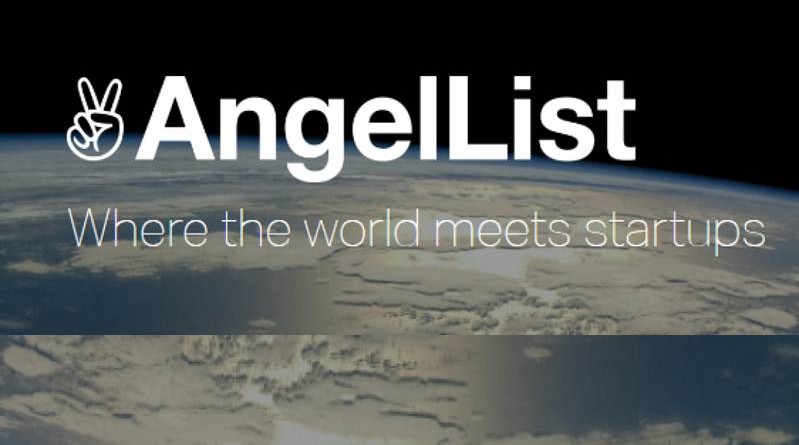Brick-and-mortar spending is expected to grow by $36 billion over the next four years, and e-commerce by $50 billion
Startups are saving retail.
Brick-and-mortar spending is expected to grow by $36 billion over the next four years, and e-commerce by $50 billion, according to a study by Deloitte. But as new technology closes the gap between online browsing and in-store buying, spending could go even higher.
This summer Nike launched “Nike Live,” a concept store in LA promising to “unite digital and physical shopping experiences for its consumers.” The store lets NikePlus members send products to in-store lockers, scan barcodes to learn about color or availability, and more. It’s the latest in a line of digital-first moves by the company. In April, Nike bought Tel Aviv-based Invertex to use the startup’s AI and 3D imaging advancements.
Invertex had a “simple” goal—revolutionize the way people buy shoes—and its software didn’t fall short. With its tech, Nike would be able to analyze customers’ feet in-store and suggest what models or sizes might fit them best. Buyers could do the same at home before shopping online or showing up at a store.
Other advancements start long before checkout. Five years ago, Nike invested in Grabit, a startup using static electricity to make shoes more efficiently. Last year, the startup provided Nike with machines that promise to work 20-times faster than human hands. That means Nike can make more products available to customers faster than ever, and they’re not the only one.
Nordstrom is pushing digital progress, too. In February, the company reported a 4.1% increase in sales year over year, which it credits mostly to men’s and children’s apparel.
One month later it announced the acquisition of startups BevyUp and MessageYes. The technologies make it easier for sales associates to connect with each other, to suggest products directly to customers, and to make buying an item as simple as texting “yes.”
Now, Nordstrom’s Manhattan men’s store is hoping to improve employee-customer interactions even more. From the company’s app, buyers can choose what they’d like to try on while they’re still at home, that way a dressing room will be ready when they get to the store—one attempt, among many, to stand out from competitors.
“As they work toward success in the retail renaissance, brands must think beyond product as a differentiator and become more granular in how they identify and satisfy customer wants and needs,” reminds the Deloitte study. “Brands must offer frictionless engagement across marketing, commerce, and service touchpoints, from the showroom (either online or physical) to the call center to how they fulfill orders.”
More Startups That Simplify Shopping
Oak Labs, a software company, launched in 2015. In its founders’ minds, retail fitting rooms were a problem. “They are the place of the highest conversion in-store (⅔ of fitting room sessions convert to purchase) from your best customers (who spend 80% more than shoppers who don’t make it into the fitting room),” they wrote. “Yet, it is the place of highest dissatisfaction in the retail store.”
So, they built an interactive dressing room mirror that could display merchandise in different sizes and colors for shoppers, make stylist recommendations for accessorizing a look, and more. Store tests were promising, helping triple expected clothing sales in Rebecca Minkoff stores. The company was acquired by Zivelo, a self-service kiosk maker, in May.
Satisfi Labs uses AI to help shoppers more easily navigate stores and other locations to find what they’re looking for. While the company has only raised about $1 million, it launched a pilot with IBM Watson and Macy’s in 2016 to provide faster customer service to shoppers in 10 of the retailer’s stores.
Last year, Satisfi partnered with the Atlanta Braves to build its “Braves Bot,” an AI-powered tool that helps fans find concessions and navigate the stadium, and now the startup has its sights set on expanding to support tourism (think: high-traffic and hard-to-navigate destinations, like museums).
How To Tell If You’re Joining A Rocketship
Joining a startup as an employee is not all that different from joining as an investor. You’re evaluating a company, speculating on its future, and anticipating potential payoff.
The difference: instead of investing capital, you’re investing your time.
That’s why no matter how excited you are about a company’s offer—or how uncomfortable you get when negotiating—you must do your due diligence. We put together a list of questions to help you understand “rocketship signals”—like a startup’s VC activity, finances, and talent quality—and decide what decision is sound.
ANGELLIST



